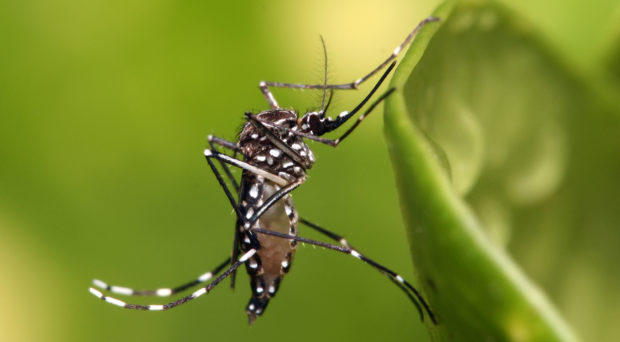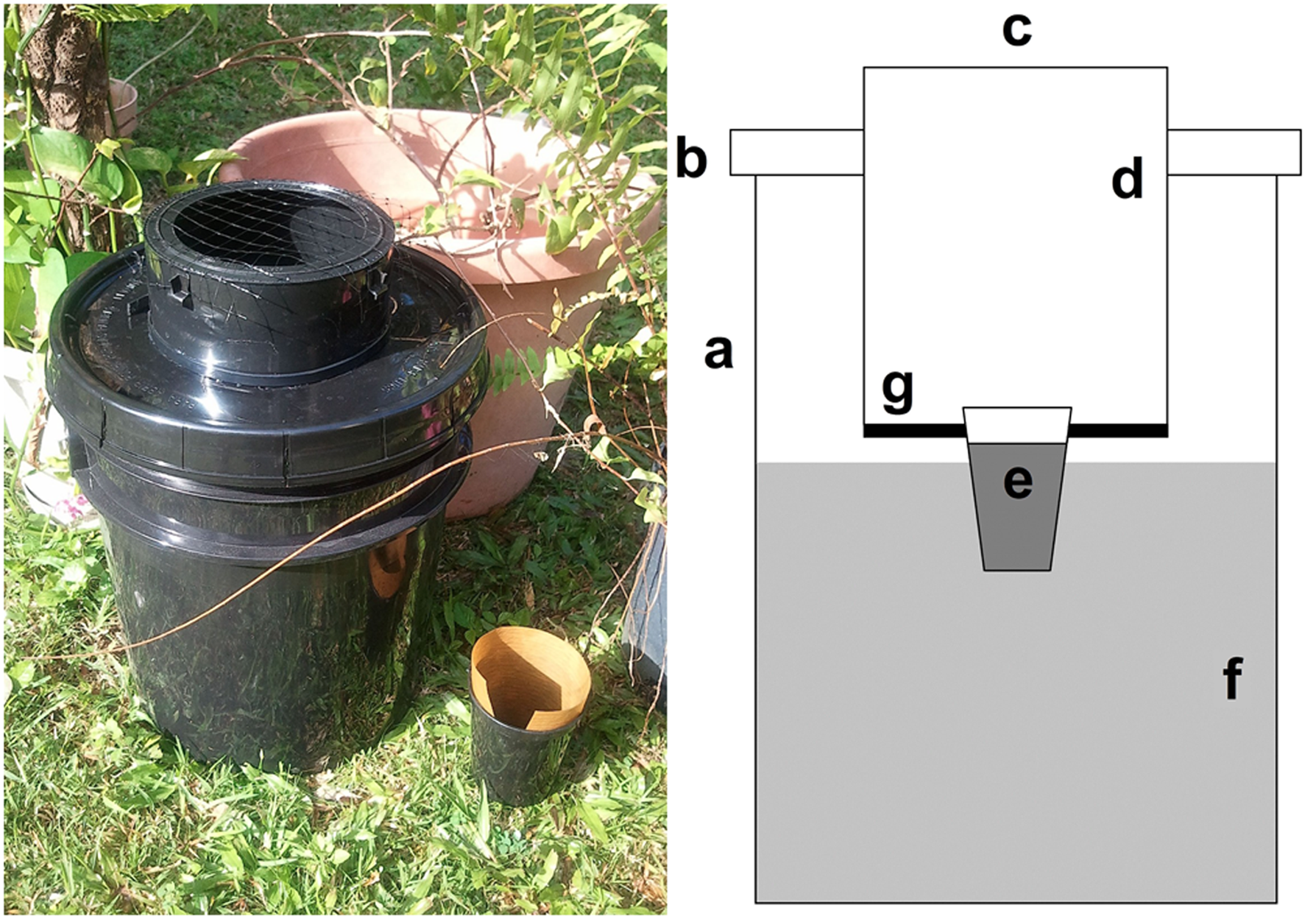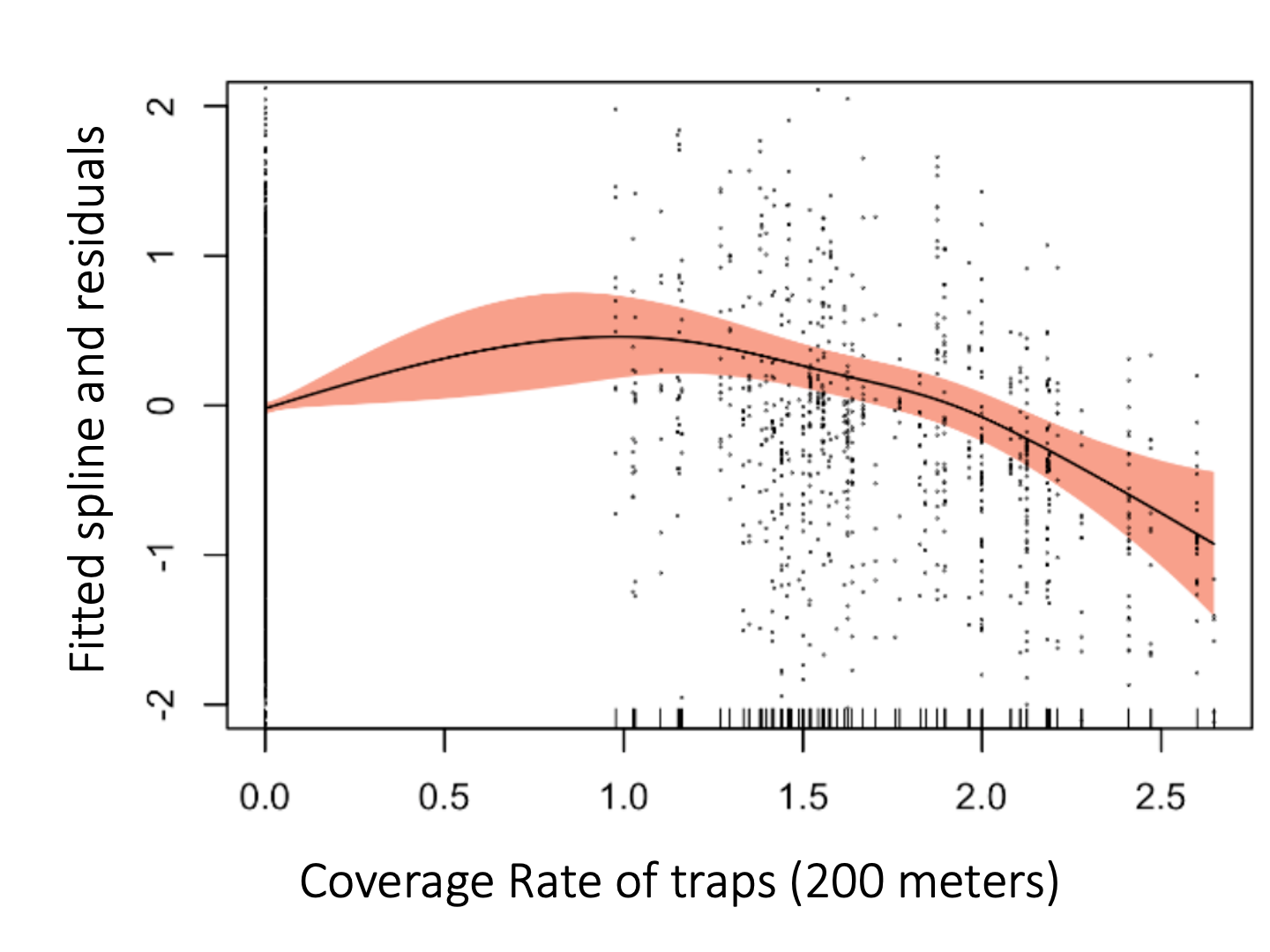
Aedes aegypti is a formidable mosquito. It thrives in warm, urban environments in subtropical and tropical regions around the globe. Ae. aegypti are incredibly competent vectors for several viruses, including dengue, chikungunya, Zika, and yellow fever. The disease burden and distribution of these vectors are expected to increase due to climate change. Control of these mosquito populations in and around households is of upmost importance for preventing disease, both now and in the future.
Control of Ae. aegypti has involved both chemical (insecticide) and mechanical approaches. Insecticides have been applied to larval habitats, screens, and in fogging campaigns. While bednets are effective against malaria mosquitoes (Anopheles genus), Ae. aegypti feeds during the day and makes this option for control not possible. Additionally, control campaigns have focused on removing containers that are important breeding sites (often artificial water containers). Although some control measures are effective, they don’t always stay effective for long periods (i.e. insecticide resistance) or they don’t work in all settings.
Ovitraps have long been used for capturing and counting gravid (pregnant) female mosquitoes. Ovitraps are designed to attract egg-laden females by providing ideal conditions for egg-laying – typically a black bucket filled with grass-infused water. The mosquitoes enter the trap, but are prevented from reaching the water by a fine mesh screen. Sticky surfaces trap the female mosquitoes and enable counting and identifying important disease vectors in an area. Although they have been used for decades for mosquito research, more recently scientists have been testing them as a control tool for reducing mosquito populations and decreasing disease.

A recent study set out to test whether ovitraps could be used as a tool for reducing of Ae. aegypti populations. Although a previous study has shown that they were an efficient option for control in Puerto Rico, it is not well known how accepted and effective they are in other settings. This recent study was conducted in the Lower Rio Grand Valley in South Texas. Ae. aegypti is abundant and local transmission of dengue, chikungunya and Zika virus has been documented.
The authors recruited households from both low- and middle-income communities in the region. During intervention periods, households had improved Autocidal Gravid Ovitraps deployed inside and outside each household. Mosquitoes were collected and identified on a weekly basis. All communities received the intervention, but the timing of the intervention was randomly assigned – so that at any one point of the study there were also control communities.
Scientists collected and identified mosquitoes on a weekly basis from all surveillance sites and intervention sites. They were interested in how deploying ovitraps might change the weekly abundance of female mosquitoes. They hypothesized that the interventions (ovitraps) would either 1) have immediate effects and last the entire intervention period or 2) have transient effects and not last the intervention period. They used a special set of statistical models called generalized linear mixed models and generalized additive mixed models to account for the non-independence of measurements over time and space. This just means that they considered the fact that measurements taken close together – either a few weeks apart or geographically near – are more likely to be similar than measurements taken farther apart.
Throughout the control sites, scientists captured 2,929 females in 2017 and 4,1117 in 2018. By comparing intervention households to households without interventions, they showed that ovitraps had a significant impact on Ae. aegypti populations, with a two-week lag. The middle-income households and indoor traps had smaller populations than low-income households and outdoor traps. The deployment of ovitraps in 2018 led to a 77% reduction in female Ae. aegypti – very impressive!
Participation was not compulsory and they naturally had households that didn’t participate. To account for variation in ovitrap effort across the area, they calculated a ‘trap coverage’ to include in their statistical models. For example, more traps within a 200m radius (the approximate flying distance of mosquitoes in this area) might lead to a larger decrease in the mosquito population.

The scientists found that coverage of traps was very important in determining the success of the intervention. Interestingly, as coverage increases from none to a few traps (1/house) – the abundance of Ae. aegypti actually increased. However, once coverage was higher (2/house) than the abundance dropped below densities found in a trap free area. There is a lot of evidence that mosquito larvae compete for resources as larvae. It is possible that by removing a little (but not a lot), this competition decreases and allows for larger adult mosquito populations. This interesting finding emphasizes the importance of testing interventions in the field and finding optimal control protocols.
The results of this study offer a positive option for controlling Ae. aegypti populations in urban areas. Of course, more research will be needed to understand the effects of changes in the population on disease in these communities, but it offers significant and substantial changes to vector populations relatively quickly. Interestingly, the scientists found that trap coverage was a key determinant of how effective this intervention was. They highlight the importance of engaging local communities and having participation in the vector control efforts.

Comments